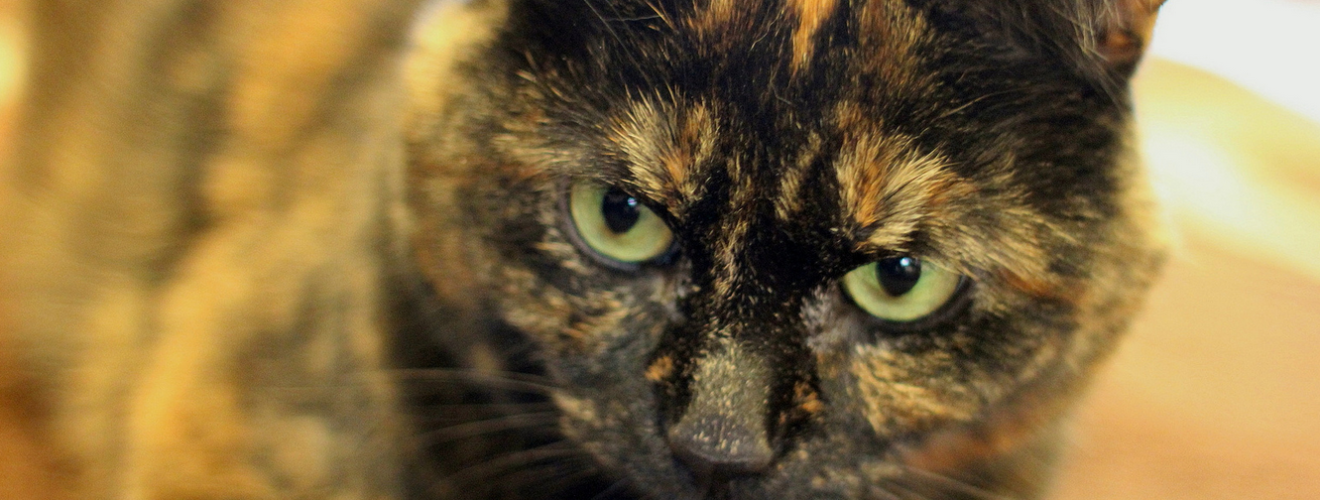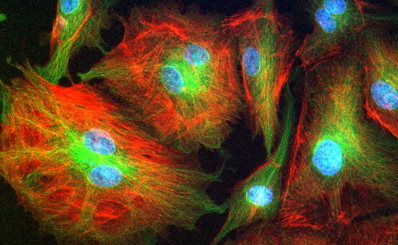Battle of the X’s

Sitting in our elementary science classrooms, Bunsen burners flickering, bums firmly planted on disproportionately uncomfortable wooden stools, we all inevitably came to the part of the curriculum designed to introduce the ideas of gender and reproduction under the ever presumptuous educational expectation of a mature and respectable audience. Much tittering later, those of us most committed to upholding a sense of scientific detachment might come away with an understanding that the responsibility for gender selection (and all the hilariously named anatomical structures involved therein) lies with an individual’s selection of X and Y chromosomes. For those of us who found their teacher’s recital of phallical derivatives too overwhelming, here’s a summary: mammalian males form from fertilised cells containing one X and one Y chromosome, while females form from those with two X chromosomes. The DNA making up these chromosomes is used as a blueprint to produce molecules required for healthy cells, with a number of them necessary for the development of gender. All mammalian embryos begin development as female, with males only diverging through the later intervention of molecules produced from the Y chromosome.
While teachers would be overjoyed for this level of understanding to pierce the revelry, it would be surprising for any of these children to leave class considering the logistics of the situation. What’s not immediately apparent is that females face a complication through this system of allocation, brought about by having twice as many molecules produced from X chromosomes as males. While cells are usually fairly lenient to changes in the number of molecules they produce, as this varies naturally with outside conditions such as temperature, an increase by a magnitude of two becomes detrimental to development. Female embryos overcome this developmental hurdle during the early stage of development through a process called X-inactivation. At a point when the embryo still consists of only a finite number of cells, each cell picks one of its X chromosomes at random which is then compacted to the point where it stops producing the majority of its molecules, bringing production down to comparable levels with those found in male embryos.
The random aspect of X-inactivation can lead to some unique outcomes should one of a female’s copies of the X chromosome be mutated. You may have noticed the seemingly unconnected cat photo headlining this article. This is not in fact an homage to the internet’s universal fascination with felines but is instead a textbook example of X-inactivation at work. Tortoiseshell is a colouration found almost exclusively in females, females of a breed where coat colour is controlled by DNA found on the X chromosome. If a female has one X chromosome that produces black fur and another that produces orange fur, the random inactivation of one of these will cause unique patterns depending on which cells in her embryo choose which copy. The same can be found in any human traits controlled by DNA from the X chromosome. For example women who are carrying an X chromosome which has mutated to cause ‘Anhydrotic Dysplasia’ will have patches of their skin without any sweat glands, similar in pattern to the colouration seen in tortoiseshell cats. It is still early days in terms of this mechanism’s application in research, yet scientists assure me they will eventually be able to explain just why women are so complicated.










